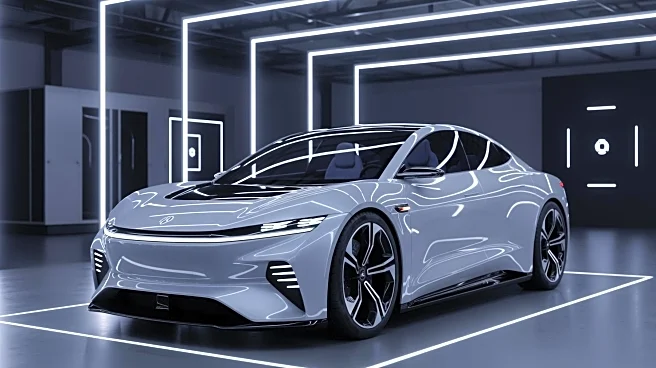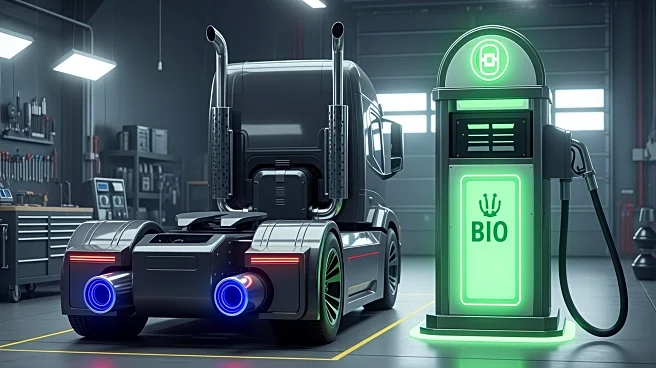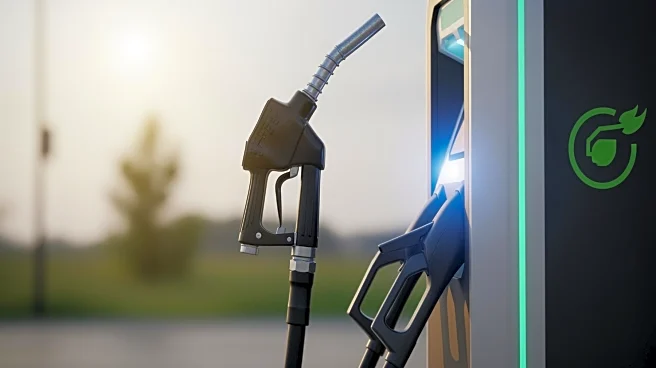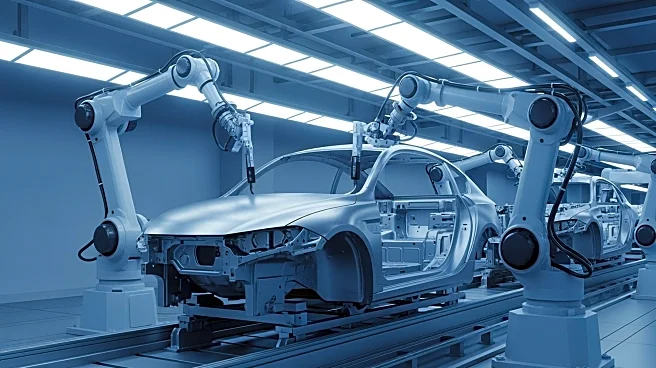What's Happening?
Aptera Motors Corp., a solar mobility company, has begun building its validation vehicle assembly line at its Southern California facility. This marks a transition from prototype builds to a structured
assembly process, crucial for future low-volume production. The company is refining systems and procedures to support scalable manufacturing. Aptera's new setup includes a precision assembly fixture for its Body in Carbon, enhancing throughput and consistency. The company is expanding its operations team and hiring engineers and technicians to support this buildout. Aptera estimates it needs $65 million to advance into low-volume production.
Why It's Important?
The development of Aptera's validation line is significant for the solar mobility industry, as it represents a step towards scalable production of ultra-efficient vehicles. This move could position Aptera as a leader in sustainable transportation, potentially influencing the automotive market's shift towards eco-friendly solutions. The funding requirement highlights the financial challenges faced by innovative companies in scaling production. Success in this phase could attract investment and partnerships, benefiting stakeholders interested in green technology and sustainable business models.
What's Next?
Aptera plans to optimize its low-volume vehicle assembly process, preparing for customer-ready production. The company will focus on securing the necessary $65 million funding to initiate low-volume production. Stakeholders, including investors and supply chain partners, will likely monitor Aptera's progress closely. The success of this phase could lead to expanded production capabilities and increased market presence, potentially influencing industry standards for solar mobility.
Beyond the Headlines
Aptera's initiative may have broader implications for the automotive industry's approach to sustainability. The company's focus on solar mobility could drive innovation in material science and aerodynamics, setting new benchmarks for efficiency. This development might also encourage other manufacturers to explore similar eco-friendly technologies, contributing to a long-term shift towards sustainable transportation solutions.













